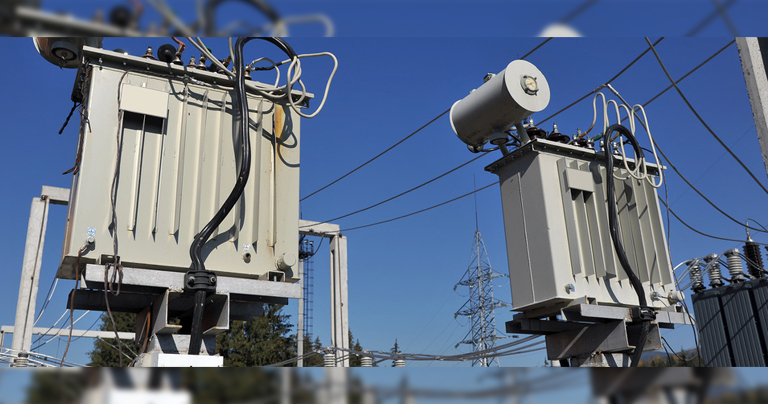Oil-filled transformer market to reach $75 billion by 2035
By EPR Magazine Editorial December 26, 2023 3:26 pm IST
By EPR Magazine Editorial December 26, 2023 3:26 pm IST

he projected growth rate of the transformer is 7 percent during the forecast period from 2023 to 2035.
Oil-filled transformers play a vital role in power distribution systems as they facilitate the transfer of electrical energy between circuits using electromagnetic induction. Over the years, various advancements have been made to enhance efficiency, safety and dependability. Some of the most notable innovations are given below.
High-Temperature Insulation: Advancements in high-temperature insulation materials have allowed transformers to function at elevated temperatures. This improvement not only enhances their efficiency but also reduces their overall size and weight.
Improved Cooling Systems: New cooling systems, such as forced air and liquid cooling, have been developed to improve the heat dissipation capabilities of transformers. This enables them to function at elevated temperatures without the risk of overheating.
Advanced Monitoring Systems: Sophisticated monitoring systems have been developed to detect and diagnose problems in transformers before they cause a failure. This allows for preventative maintenance and reduces downtime and repair costs.
Improved Safety Features: Transformers are now equipped with advanced safety features like explosion vents and pressure relief devices to prevent catastrophic failures and protect personnel and equipment.
Applications of Oil-Filled Transformers
Oil-filled transformers are commonly employed in power generation and distribution because of their efficiency and dependability. These transformers play a vital role in power plants, substations, and distribution networks by facilitating the adjustment of voltage levels and regulating power flow. Moreover, they find usage in various industrial settings, like steel mills, chemical plants, and manufacturing facilities. In these environments, oil-filled transformers provide electrical power to drive large-scale machinery and ensure a stable energy supply to delicate electronic devices.
Furthermore, as renewable energy sources such as wind and solar become more prevalent, oil-filled transformers are increasingly used to step up or down voltage levels in these systems, enabling efficient and reliable clean energy transmission to the grid.Market Key Takeaways
Various factors that impact its growth and demand influence the oil-filled transformer market. According to Research Nester and analytics analysis, it is estimated that the oil-filled transformer market will reach around $75 billion by 2035. This represents a projected growth rate of 7 percent during the forecast period from 2023 to 2035. In comparison, the industry size for oil-filled transformers was $40 billion in 2022. One of the key drivers for the market is the increasing demand for electricity worldwide, which has led to a rise in the installation of power generation and distribution infrastructure. In 2022, the world’s electricity usage reached 24,398 terawatt hours (TWh), nearly triple the amount consumed in 1981 (8,132 TWh). The growing industrialisation and urbanisation in emerging economies have also increased the demand for oil-filled transformers.
However, some challenges also impact the market, such as the expensive installation and upkeep of oil-filled transformers. Moreover, the growing popularity of dry-type transformers, known for being environmentally friendly and safe, is anticipated to impede the expansion of the oil-filled transformer market.
Future of Oil-Filled Transformers
Smart transformers are equipped with sensors and communication technology to monitor their performance and communicate with other devices in the power grid. This technology enables utilities to optimise the performance of their transformers, reduce downtime, and improve the power grid’s reliability.
Moreover, with increasing environmental concerns, there is a growing demand for eco-friendly transformers. Manufacturers are now developing transformers that utilise biodegradable oils and materials, which are more environmentally friendly than traditional transformers. These innovative transformers do not prioritise sustainability but also focus on energy efficiency, thereby reducing energy consumption and greenhouse gas emissions. Additionally, integrating digital twin technology allows for virtual replicas of transformers that utilise data analytics, artificial intelligence and machine learning to predict and prevent failures. This advanced technology empowers utilities to optimise transformer performance, minimise downtime and enhance the power grid’s reliability.
Spokesperson: Shalini Nagar- Jr. Content Writer at Research Nester
We use cookies to personalize your experience. By continuing to visit this website you agree to our Terms & Conditions, Privacy Policy and Cookie Policy.